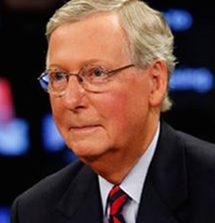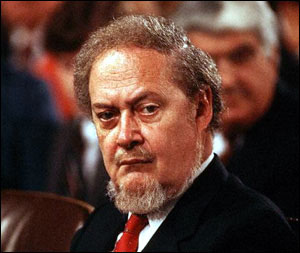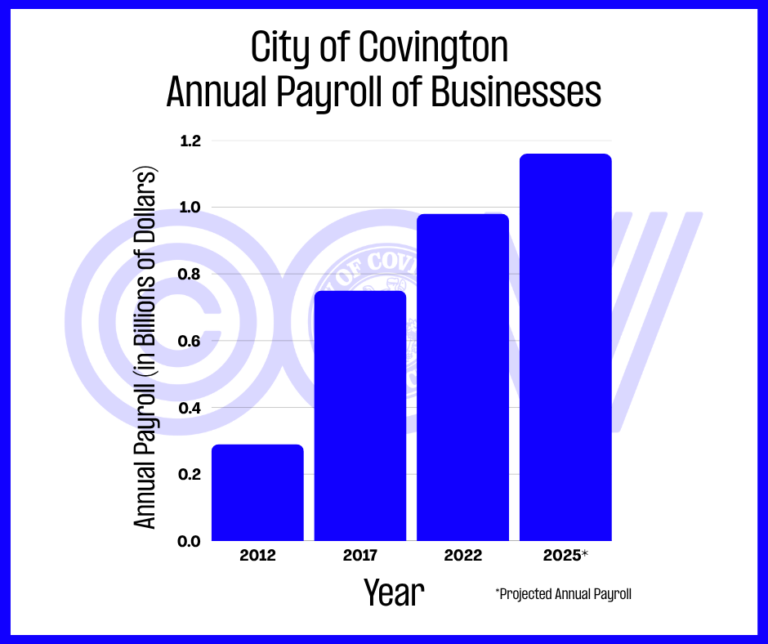The country now has had an opportunity to mourn the death of Antonin Scalia, who served his country for nearly three decades as an associate justice of the Supreme Court of the United States. It is time to have a rational discussion – devoid of hyperbole, hysteria and hypocrisy – about what should happen next.
The Constitution is clear: The president of the United States, during a four-year term, has the exclusive ability and responsibility to propose a candidate for a seat on the nation’s highest court.
The Constitution is equally clear: After the president nominates a candidate, the members of the United States Senate have the exclusive ability and responsibility to approve or disapprove of that nominee. It is a two-step process.
President Barack Obama has twice proposed nominees to fill Supreme Court vacancies during his two terms. The Senate, then with a Democratic majority, approved his nominees, Justices Sonia Sotomayor and Elena Kagan.

During the 20th Century, the Senate under Democratic majorities, rejected four nominees to the Supreme Court proposed by three different Republican presidents. Some nominees who were confirmed faced intense scrutiny and a process that was often chaotic and unrelated to his qualifications.
This latest controversy over filling a vacancy arose when Sen. Mitch McConnell, the majority leader, said the Senate would not consider a Supreme Court nominee this late in the president’s second term.
His announcement was met by a cacophony of screeching voices casting the statement as an act of contempt and likening the Kentucky senator to a 19th Century dictator, among other insults.
Despite the ideal that the judges and justices of the federal courts are bound by the Constitution and previous decisions of appellate courts, plenty of evidence and examples exist to support the idea the Supreme Court is not only ideological, but it is also bathed in politics.
The court for almost a decade has been divided with five justices who are relatively conservative and four justices who are relatively liberal. Not every decision of the court has been decided 5-4. Chief Justice John Roberts and Justices Samuel Alito, Anthony Kennedy, Antonin Scalia and Clarence Thomas did not always vote as a bloc. In fact, Kennedy has been the swing vote in many decisions, sometimes voting with the more conservative justices and sometimes voting with those more liberal, Justices Stephen Breyer, Ruth Bader Ginsburg, Elena Kagan and Sonia Sotomayor..
For example, when the court considered the question of whether gay marriage was a right guaranteed under the Constitution in 2015, Justice Kennedy voted with the liberal members of the court to legalize same-sex marriage.
Justice Scalia was one of the court’s conservative members. Without him, the court stands 4-4. As journalists and commentators have pointed out repeatedly since Justice Scalia’s death, a number of high-profile issues are pending before the court. Some of them may end in a 4-4 tie, leaving the lower court ruling in place if a new justice is not seated before the court adjourns at the end of June.
Even if the president nominates a candidate and the Senate, after performing its due diligence, confirms the candidate, it is unlikely the court would have time to rehear arguments in the cases with 4-4 votes before its adjournment. And it should be noted these issues have been percolating through the courts for several years, so a delay in the decisions may not create a national emergency.

This situation would be different if either Justice Ginsburg, approaching her 83rd birthday, or Justice Breyer, who is 77, had chosen to retire. The two appointees of President Clinton are on the liberal side of the court, and the retirement of either would not change the ideological make-up of the court. Republicans might not allow the president to appoint a far-left jurist, but someone more moderate might be acceptable.
The point, however, is both sides have played this Supreme Court game. Consider that President Franklin Roosevelt, frustrated that a conservative Supreme Court kept ruling against his economic efforts aimed at ending the Great Depression, suggested increasing the size of the court to change its political bent.
In 2006, when the Senate was considering President George W. Bush’s nomination of Samuel Alito to fill the seat of the retiring Sandra Day O’Connor, then Illinois Sen. Barack Obama was part of a Democratic effort to filibuster the nomination. President Obama’s spokesman Josh Earnest said a few days after Justice Scalia’s death that the president regretted his participation.
According to USA Today, at a news conference on Feb. 16, the president said, “I think what’s fair to say is that how judicial nominations have evolved over time is not historically the fault of any single party. This has become just one more extension of politics.”
McConnell’s critics in the media and Democrats are quick to cite the confirmation of Justice Kenney during the final year of President Reagan’s second term as a precedent for approval of a third Obama nominee. What they usually fail to point out is that Kennedy was the third nominee for the position, which opened after the resignation of Justice Lewis Powell in June 1987, months before the final year of Reagan’s presidency.
Reagan first nominated U.S. Appeals Court Judge Robert Bork for the vacant seat. Bork was a foe of abortion and an ultraconservative. Liberal advocacy groups spent an estimated $12 million to defeat Bork, not because he was unfit but at least in part because his presence likely would have moved the court further right.
To this day, the Merriam Webster dictionary defines bork as “to attack or defeat (a nominee or candidate for public office) unfairly through an organized campaign of harsh public criticism or vilification.”
Reagan’s second nominee withdrew his name from consideration, opening the door for Kennedy, then an appeals court judge.

Some of this is to be expected considering that this is a presidential election year, and Supreme Court appointments are among the most important acts that a president performs. The next justice likely will create a majority that decides important issues.
The ultimate hypocrite in this shouting match might be Sen. Charles Schumer, the heir apparent to the post of Democratic leader after Harry Reid retires at the end of the year. The New Yorker decried what he called Sen. McConnell’s “obstructionism” when he said Republicans would not vote on an Obama nominee to replace Justice Scalia.
During July 2007, with at least 17 months remaining in the second term of President George W. Bush, Schumer, according to Politico, told a convention of the American Constitution Society that the Democratic-controlled Senate should not allow Bush to fill another vacancy on the Supreme Court and shift the balance further to the right. The threat never was acted upon because no member of the court resigned before the president’s term expired.
President Obama famously told a House Republican leader that elections have consequences. And so they do. As president with majorities in the House and Senate, Obama was able to push the Affordable Care Act through Congress without incorporating Republican ideas into the plan or Republican votes supporting it.
If the 2008 and 2012 presidential elections had consequences, so does the 2014 congressional election. Obama no longer can depend on a Democratic majority in the Senate to usher a Supreme Court nominee through the upper chamber. The Republicans have a 54-46 majority and any judicial nominee must draw GOP votes.

Argue that McConnell’s action is improper if you believe Obama should nominate someone to fill Justice Scalia’s seat and the Senate is obligated to give that person a fair hearing and an up-or-down vote. But spare us the political propaganda conflicted by history.
Republicans AND Democrats have engaged in the politicization of the Supreme Court nomination process. No one’s hands are clean, and that includes Barack Obama, president and former obstructive senator, and Sen. Charles Schumer, seemingly eager to erase his past position with a single shout.
If the Senate fails to confirm an Obama nominee, the candidate elected president in 2016 and the Senate with members elected at the same time will choose the next Supreme Court justice.
That would prove, once again, that elections do have consequences. And isn’t that the way it is supposed to work in our country?
Mike Farrell is special projects editor for NKyTribune. He is an associate professor in the School of Journalism and Telecommunications and director of the Scripps Howard First Amendment Center at the University of Kentucky. He was a journalist for nearly 20 years at The Kentucky Post. His views are his own and not those of the university.






















I think the President will probably nominate a middle of the roader with solid credentials, who in normal times would be quickly confirmed. But if Obama is for it; then McConnell is against it. Senator, do your job! Elections have consequences. Despite all her baggage, I believe Hillary will defeat whatever candidate the Republican clown car produces. Not only will she win but the Senate will swing Democrat also. She will have the opportunity to make several nominations to the court and her nominees will not be nearly as conservative as President Obama’s nominee. McConnell will have to give up the job he coveted most and the country will be better for it.